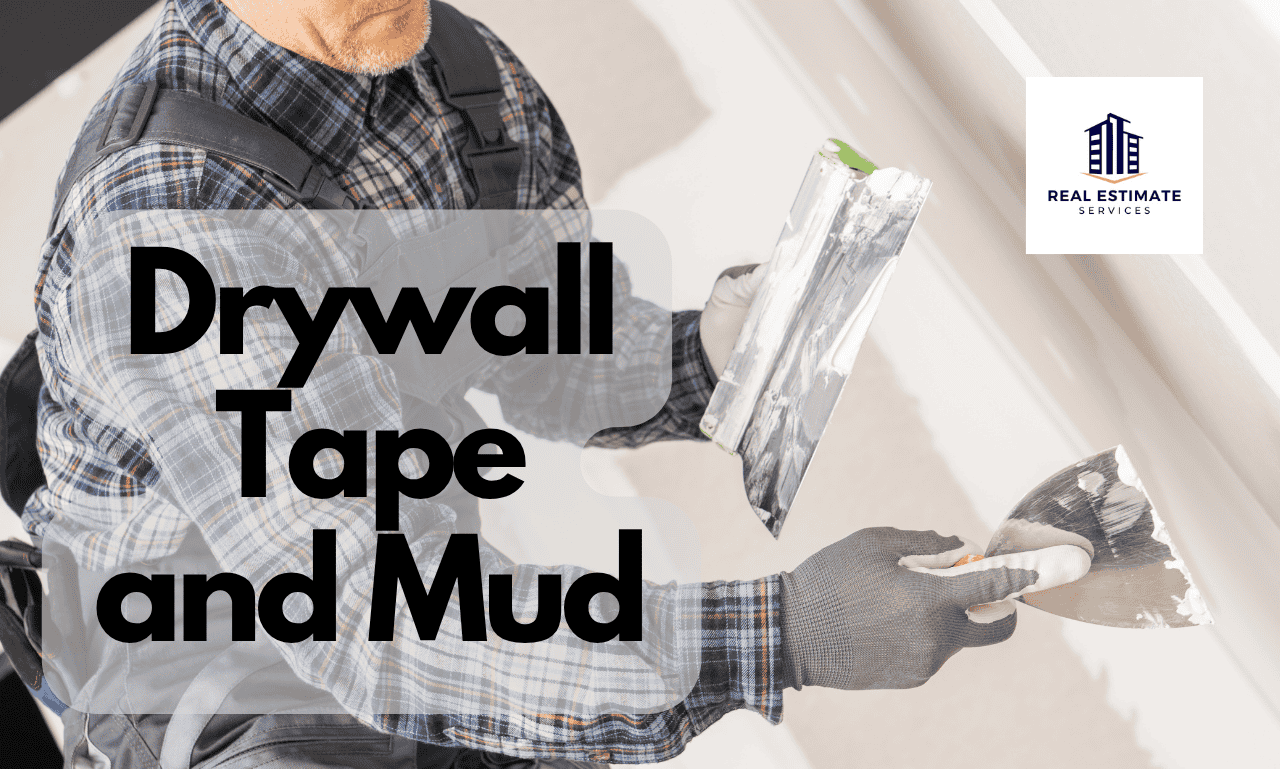QUICK TURNAROUND TIME WITHIN 12 HOURS!

Drywall Tape and Mud: A Pro’s Guide to Flawless Finishing
When it comes to creating smooth, paint-ready walls, the real magic happens after the drywall is installed. That’s where drywall tape and mud come in. Together, they seal joints, hide seams, and create that perfect finish every client expects.
Whether you’re a contractor, builder, or a DIY enthusiast, understanding how drywall taping and mudding works is essential for delivering high-quality interiors.
What Is Drywall Tape?
Drywall tape is a thin material applied over the joints between drywall sheets. Its main job? To bridge the seams, preventing cracks and keeping your wall surface even.
There are two main types:
Paper Tape – Strong and affordable, but requires precise mud application.
Mesh Tape – Self-adhesive and easier to apply, but typically needs stronger mud to hold.
What Is Drywall Mud?
Also known as joint compound, drywall mud is used to:
Cover drywall tape
Fill gaps and screw holes
Create a smooth, seamless finish
You can choose from:
All-purpose compound – Good for all taping and finishing stages
Topping compound – Smooth texture for final coats
Setting-type compound – Dries faster, great for urgent jobs
Drywall Taping & Mudding: Step-by-Step
Here’s how the pros handle drywall tape and mud:
Apply the first coat of mud along joints using a taping knife
Place drywall tape over the wet mud and press it in
Smooth it out with a knife, removing excess compound
Let it dry completely (usually overnight)
Apply additional coats (2-3 total), feathering edges for a smooth finish
Sand between coats to eliminate ridges or bumps
Final sanding ensures the wall is ready for paint or texture
Pro Tips for a Flawless Finish
Don’t over-sand—this can damage the tape
Always let each coat dry before applying the next
Use a light touch on the final coat to reduce sanding work
Match your mud type to the environment (fast-drying for humid spaces, etc.)
Why It Matters for Builders and Contractors
Clients notice wall imperfections fast—especially in well-lit rooms. That’s why professional drywall taping and mudding is crucial for:
Higher customer satisfaction
Fewer callbacks and repairs
Faster project completion times
Need help estimating drywall materials and labor?
Real Estimate Services can handle it for you. We offer accurate material takeoffs, drywall estimates, and expert consulting—so your bids are more competitive, and your projects stay on track.
Related Services We Offer
Drywall estimating
Interior painting cost takeoffs
Labor cost breakdowns
Complete material & quantity surveys
Drywall tape and mud might seem simple, but they play a massive role in your project’s final look. Whether you’re patching up a small repair or finishing an entire commercial build, quality materials—and expert techniques—are essential.
Need help estimating your next drywall job? Let the pros at Real Estimate Services handle the numbers while you focus on the build.
Visit realestimateservice.com to get started today.
